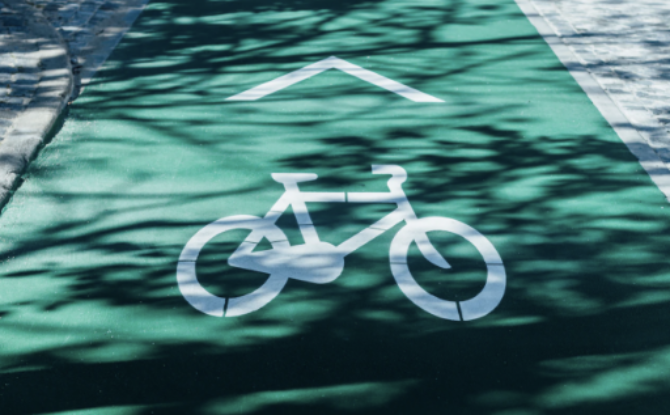From La.Urbanize.city
By STEVEN SHARP
Four miles of new east-west and north-south bike and walk routes
New traffic calming measures are coming to a number of South Los Angeles corridors, according to a notice issued by the Department of Transportation.
The South LA Stress-Free Connections project is being delivered as the result of a $35 million grant awarded to Community Partners, which is the fiscal partner of the South Los Angeles Transit Empowerment Zone. The money, in addition to funding electric vehicle and electric bike resources, will go toward the installation of new bike boxes, speed humps, and leading pedestrian intervals at five intersections.
Those project elements will be key to the creation of a new three-mile, east-west route for pedestrians and cyclists, which would run along segments of 51st Street and 50th Place between Western Avenue and Central Avenue, as well as a new 1.2-mile north-south route along Budlong Avenue between Vernon Avenue and 60th Street. Additionally, plans call for reconfiguring a one-block segment of Hoover Between 51st Street and 50th Place with a protected bike lane to connect the east-west route.






